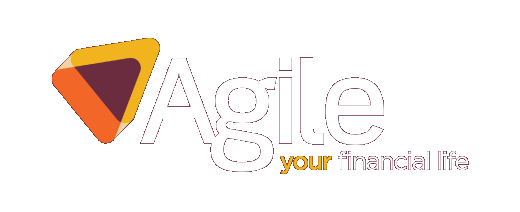If you’re concerned about running out of money during retirement, you’re not alone. In fact, it’s one of the top financial concerns in the UK. Being proactive and working with a financial planner to create a retirement plan could offer you peace of mind. Read on to find out why.
In an Aegon survey, 7 in 10 financial advisers said their clients’ number one concern was outliving their savings. The good news is that by seeking the support of a finance professional, you can understand what income is sustainable for you and the lifestyle it might afford.
High inflation is playing a role in fears of running out of money
When you retire, you may have a pension pot that you could use to create an income. However, as you may be responsible for managing withdrawals, you might worry about taking too much too soon.
It can be difficult to know what a sustainable income is. After all, you don’t know exactly how long your pension will need to provide an income for, or what unexpected expenses you could face.
Recent economic circumstances have also highlighted how factors outside of your control could affect the income you need to maintain your lifestyle.
The effects of the Covid-19 pandemic and the war in Ukraine led to prices rising. Many countries have experienced a period of high inflation as a result. In the UK, inflation peaked at 11.1% in October 2022 – the highest rate recorded in 40 years.
Inflation has since fallen, but is still above the Bank of England’s target of 2%. According to the Office for National Statistics, in the 12 months to February 2024, inflation was 3.4%.
As the cost of goods and services increased, some retirees may have taken a higher income from their pension to meet their outgoings. Some could be on track to deplete their assets quicker than expected as a result, which may fuel concerns about running out of money.
Given the circumstances, it’s not surprising that the Aegon survey found that 64% of financial advisers also said inflation was a major concern for their clients.
With so many different factors to consider when deciding how to create a sustainable income from your pension, it can feel overwhelming. Financial planning that’s tailored to you could offer you the reassurance you need to feel confident about your finances and the decisions you make.
A tailored financial plan could address your fears
As you might expect, creating a bespoke financial plan involves assessing your assets, but also includes understanding your goals and fears to give you confidence about the future.
Cashflow modelling could be a valuable financial planning tool if you’re worried about running out of money in retirement.
Based on data like the value of your assets and outgoings, it can create a visual representation of your wealth and how it could change during your lifetime. It will also include some assumptions, like the returns your investments are expected to generate and the rising cost of living.
After inputting the data, you can change information to model how your decisions might affect your financial security. For example, you could create a visualisation of how your assets may change if you took an annual income of £35,000 from your pension, and then see how your financial security would change if you increased it to £40,000.
Cashflow modelling may also be used to answer questions that you’re worried about, such as:
- Would a period of high inflation mean I’d run out of money during my lifetime?
- Could my pension provide a reliable income if I lived to 100?
- Would I have enough to cover the cost of care if it’s needed later in life?
- Could I sustainably increase my income each year to reflect the rising cost of living?
Cashflow modelling isn’t just useful for understanding what level of income is sustainable either. It can factor in one-off outgoings so you can review their impact on your financial resilience.
For instance, the Aegon survey suggests travelling or living overseas is an aspiration for many. So, you might want to model what would happen if you withdrew a lump sum to fund a bucket list trip, or whether you could afford to buy a holiday home.
Similarly, many people want to lend financial support to the next generation. As a result, you may want to incorporate gifting assets during your lifetime to help your family reach milestones, like getting on the property ladder or pursuing further education.
We could help you create a long-term retirement plan
A retirement plan could help you enjoy the next stage of your life and feel confident about your finances. Please get in touch to arrange a meeting to talk about how you might create a sustainable income using your pension and other assets.
Please note:
This blog is for general information only and does not constitute advice. The information is aimed at retail clients only.
The Financial Conduct Authority does not regulate cashflow planning.
A pension is a long-term investment not normally accessible until 55 (57 from April 2028). The fund value may fluctuate and can go down, which would have an impact on the level of pension benefits available.
Past performance is not a reliable indicator of future performance. The tax implications of pension withdrawals will be based on your individual circumstances. Thresholds, percentage rates, and tax legislation may change in subsequent Finance Acts.











